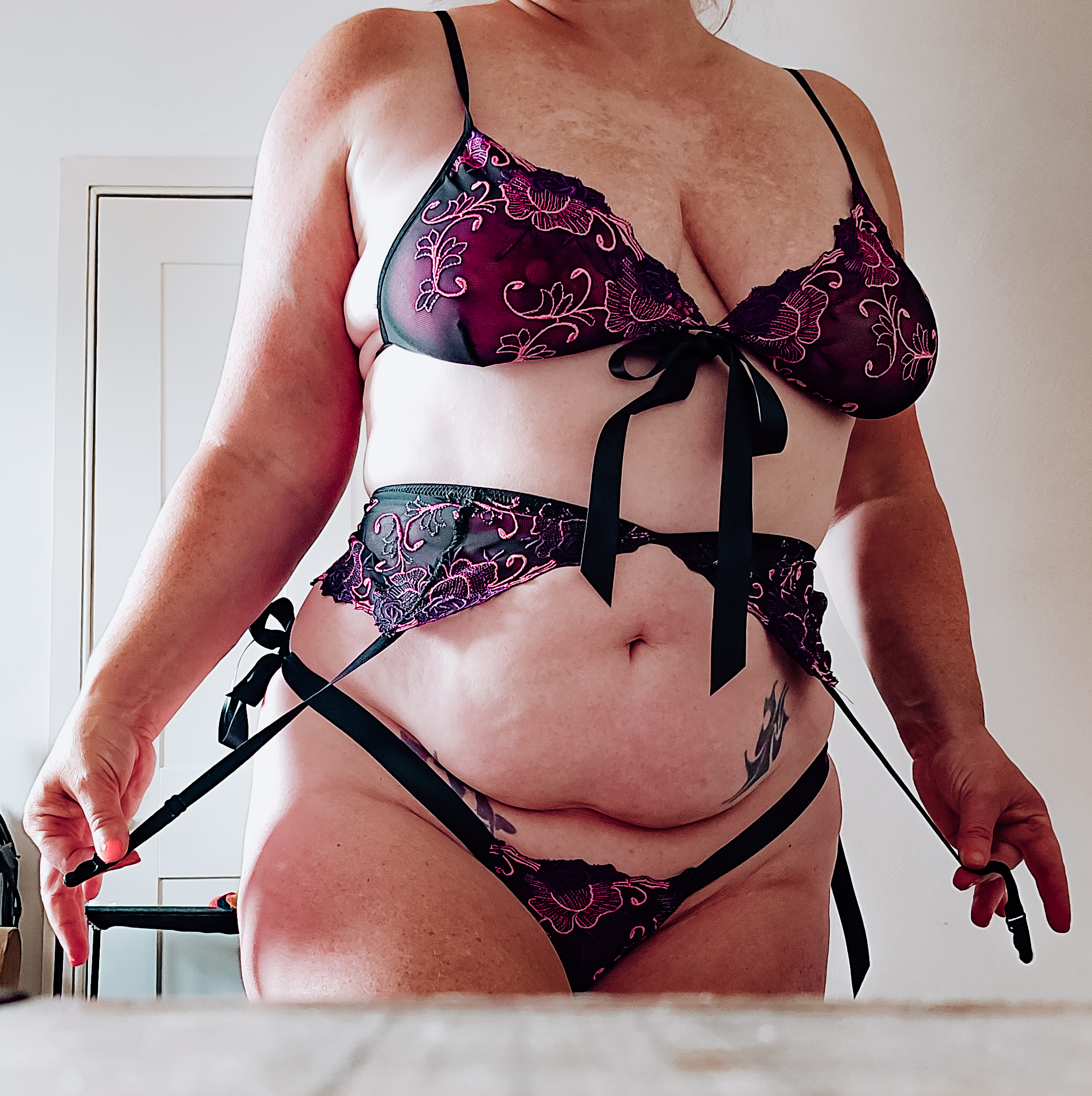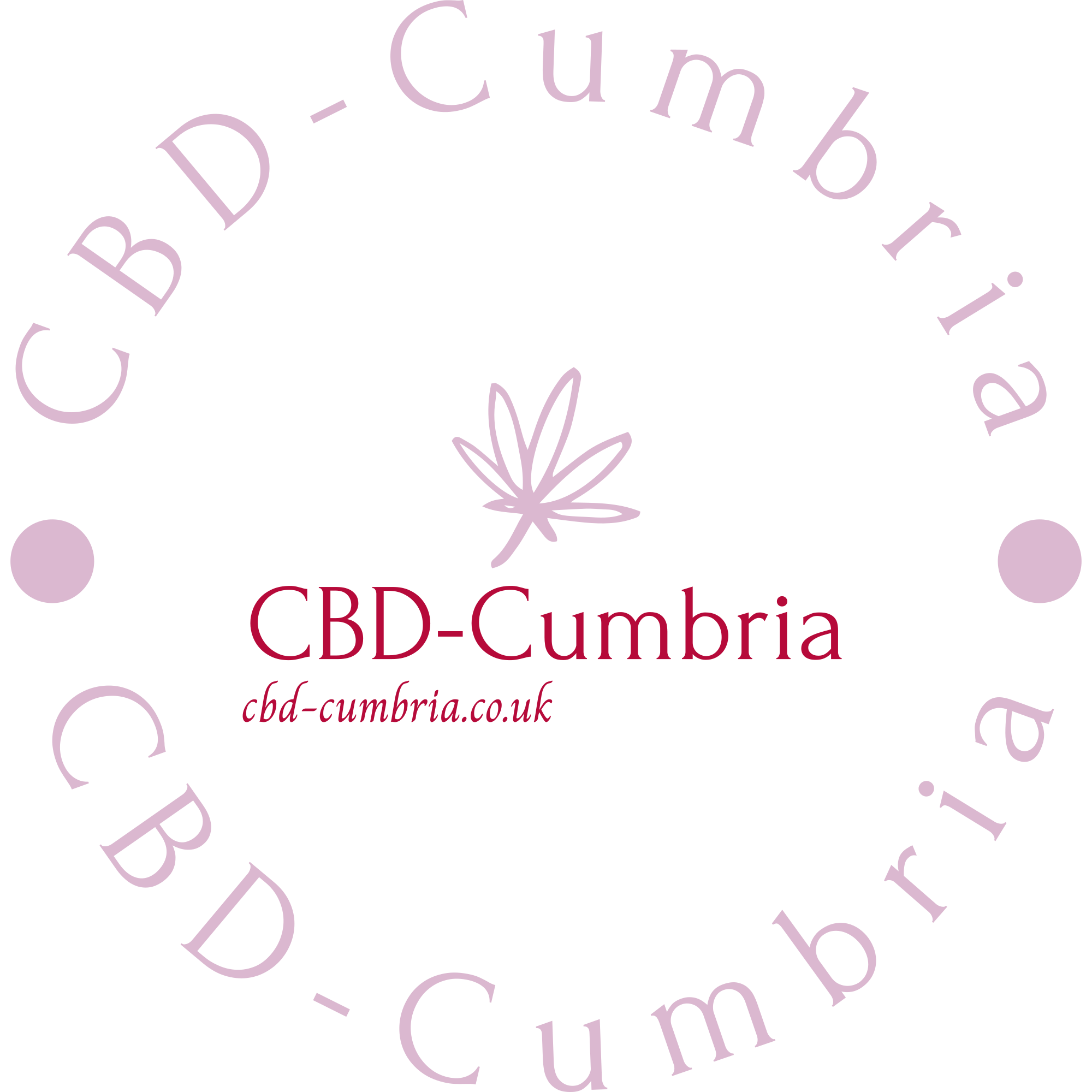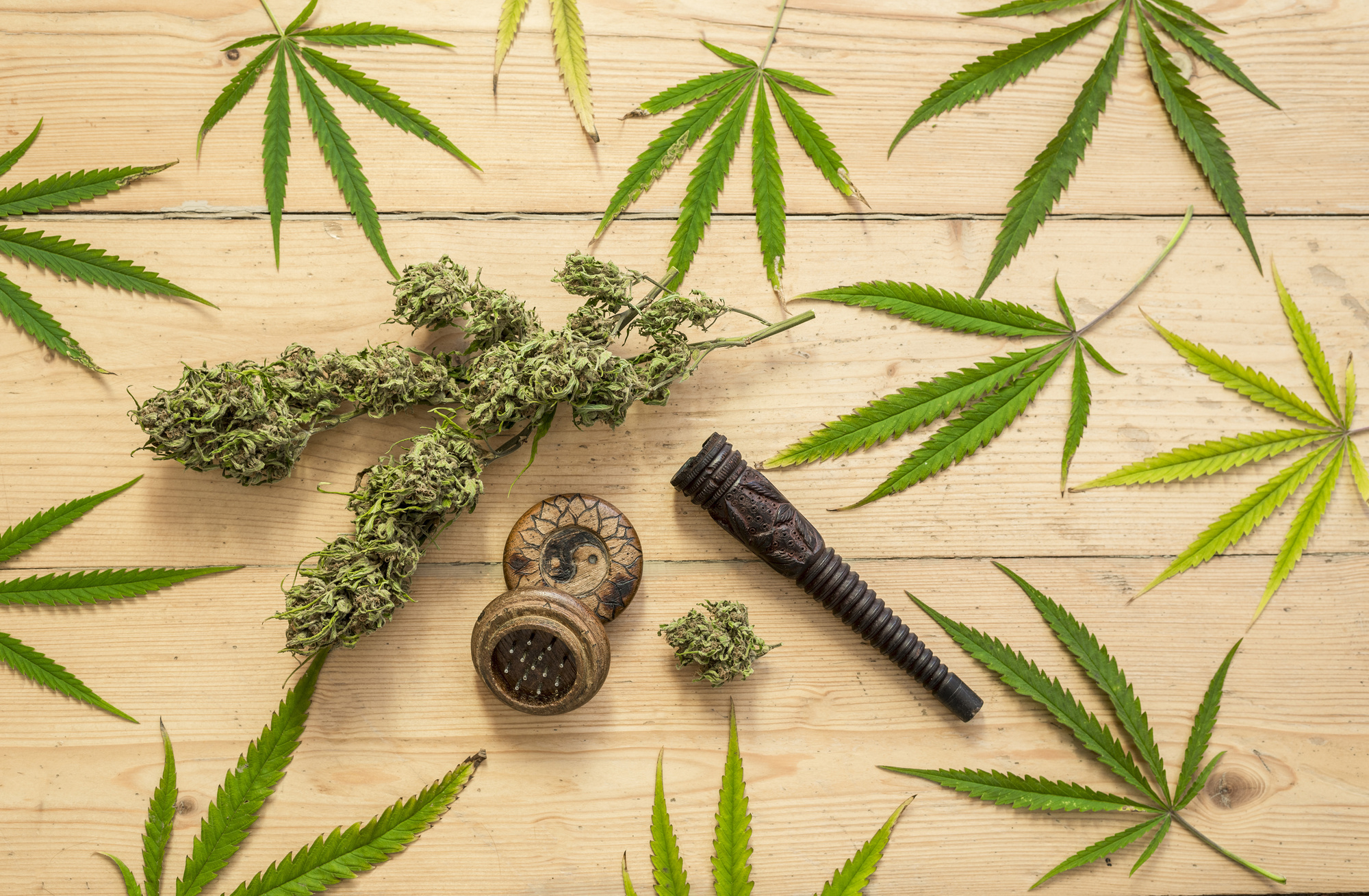Historical Context
Historical context plays a pivotal role in shaping our understanding of storytelling as a tool for normalizing sexual diversity. From ancient myths and legends to modern-day films and literature, stories have been used across cultures to explore and represent the complexities of human sexuality.
The Evolution of Language and Sexual Diversity Perception
The evolution of language and societal perception of sexual diversity have been closely intertwined throughout history. In ancient times, same-sex relationships were often depicted in mythology and literature, but these portrayals were frequently eroticized and stigmatized. For instance, the ancient Greek poet Sappho’s works celebrated love between women, yet she was later condemned for her “impurities” by the patriarchy.
During the Middle Ages, the Christian Church’s influence led to a strict suppression of same-sex relationships, labeling them as sinful and immoral. This era also saw the rise of literary works like Shakespeare’s Sonnets, which explored themes of love and desire in a coded manner to avoid persecution.
In the 19th and early 20th centuries, the emerging concept of “sexology” began to challenge traditional views on sexual diversity. Pioneers like Havelock Ellis and Magnus Hirschfeld advocated for greater understanding and acceptance of non-normative relationships, paving the way for future generations of LGBTQ+ rights activists.
The mid-20th century saw a significant shift in language and perception with the publication of works like James Baldwin’s “Giovanni’s Room” (1956) and Gore Vidal’s “The City and the Pillar” (1948), which featured protagonists engaged in same-sex relationships. These literary milestones marked a turning point in the representation of LGBTQ+ individuals in mainstream culture.
Throughout the 1960s and 1970s, the Stonewall riots and subsequent feminist and gay rights movements played a pivotal role in promoting language that was more inclusive and affirming of diverse sexual orientations. Key events like the 1987 March on Washington for Lesbian and Gay Rights, with its iconic rainbow flag, further solidified the growing visibility of LGBTQ+ individuals.
Today, English language usage reflects this evolution, with a proliferation of terms to describe various aspects of human sexuality beyond binary norms. From the use of “they” as a singular pronoun to the widespread recognition of non-binary identities, language is increasingly capable of reflecting and articulating the complexity of human desire.
However, despite this progress, there remains work to be done in challenging persistent biases and stigma surrounding sexual diversity. Continued efforts to promote linguistic inclusivity, accurate representation, and acceptance are essential for fostering a more compassionate and equitable society.
Language as a Barrier to Representation
In the realm of representation, language often poses a significant obstacle to showcasing diverse experiences. Words and phrases can be exclusionary, erasing or marginalizing certain groups, while others may reinforce stereotypes or stigmatize minority populations. The English language, in particular, has historically been criticized for its lack of inclusivity, with many terms failing to capture the complexity and richness of human experience.
The Overlooked and Erased

Language has long been a barrier to representation, particularly for marginalized communities who are often erased or overlooked in dominant discourses.
In English language, certain words and phrases have been historically used to pathologize and stigmatize non-normative sexual expressions, perpetuating shame and silence around diverse desires and identities. For example, the term “deviant” has been used to describe individuals who do not conform to traditional heteronormative standards of sexuality.
This language has real-world consequences, as it contributes to the erasure of marginalized communities from mainstream society. The use of pejorative terms and euphemisms can also obscure the complexity and diversity of human experience, reducing nuanced identities to simplistic labels or stereotypes.
Furthermore, linguistic norms around modesty and propriety have been used to police women’s bodies and desires, reinforcing patriarchal control over feminine sexuality. For instance, the concept of “indecent exposure” has often been used to criminalize women’s bodies, while similarly charged language is rarely applied to men.
Normalizing sexual diversity through storytelling can be a powerful way to challenge these barriers, by offering counter-narratives and amplifying marginalized voices. By centering the experiences and perspectives of diverse individuals, we can work towards creating a more inclusive and accepting cultural landscape.
Storytelling as a Catalyst for Change
Storytelling has long been recognized as a powerful tool for shaping cultural narratives and influencing societal attitudes. However, one area where its potential for impact is particularly noteworthy is in the realm of sexual diversity. By sharing personal stories, experiences, and perspectives, individuals can help normalize diverse forms of expression, challenging existing power structures and promoting greater understanding and acceptance.
Covering the Unseen Spectrum
Storytelling has long been recognized as a powerful catalyst for social change, capable of challenging deeply ingrained attitudes and norms. By sharing personal experiences, histories, and struggles, individuals can shed light on previously unseen spectrums, fostering empathy and understanding among listeners.
- For instance, the stories of LGBTQ+ individuals have been instrumental in normalizing sexual diversity, helping to break down barriers and reduce stigma surrounding non-traditional relationships and identities.
- These narratives can take many forms – from oral traditions and personal accounts to novels, films, and art installations. Each medium offers a unique platform for sharing diverse perspectives and experiences.

The power of storytelling lies in its ability to humanize complex issues, making them feel more relatable and accessible. By amplifying the voices of marginalized communities, storytellers can create a sense of solidarity and shared humanity, paving the way for broader societal shifts.
Furthermore, storytelling can also highlight the intricacies and nuances of sexual diversity, revealing the rich tapestry of human experience that underlies seemingly binary notions of sex, gender, and relationships. By exploring these complexities, we can work towards a more inclusive and accepting society – one in which diverse expressions of love, desire, and identity are valued and celebrated.

As we strive to create a world where everyone can live authentically and freely, the art of storytelling will remain a vital tool for normalizing sexual diversity. By sharing our stories, we can build bridges between different communities, foster empathy and understanding, and ultimately bring about a more just and equitable society.
Impact of Normalization
Storytelling has emerged as a powerful tool for normalizing sexual diversity, allowing individuals to share their experiences and perspectives in a way that fosters understanding and acceptance. Through narrative, people can convey complex emotions and ideas, humanizing the concept of non-normative sexuality and challenging societal norms. By sharing personal stories, individuals can create a sense of connection and empathy with others, breaking down stigmas and promoting inclusivity.
Empowering Identity Formation
Normalization of sexual diversity is crucial in empowering individuals to form their identities freely without fear of judgment or rejection. When societal norms and values accept diverse forms of human relationships, it creates a safe space for people to express themselves authentically.
Through storytelling, we can effectively normalize these diverse identities by sharing narratives that reflect the complexity and richness of human experiences. By putting faces to names and stories to stereotypes, we humanize individuals who have previously been marginalized or erased from mainstream conversations.
This empowerment through storytelling allows individuals to claim their identities with pride, without the weight of societal expectations or conformity. As these stories spread, they begin to shape public perceptions, fostering a culture that values diversity and inclusivity.
Moreover, normalization enables individuals to develop healthy self-identifications, untethered from the influence of societal pressures or biases. When identities are accepted as valid and diverse, people are free to explore their own unique experiences, interests, and attractions without fear of reprisal.

This, in turn, leads to a more nuanced understanding of human identity, one that acknowledges complexity and multiplicity. As individuals feel empowered to express themselves authentically, we begin to dismantle the rigid structures that have historically constrained our understanding of what it means to be human.
Discover sex creams, oils, and gels for added sensations at Peaches and Screams Discover white and nude lingerie for a soft and sensual look at Peaches and Screams Buy control condoms for ultimate safety at Peaches and Screams Buy jiggle balls and love eggs for internal pleasure at Peaches and Screams Explore feather ticklers for light, teasing play at Peaches and Screams Explore remote control love eggs for hands-free pleasure at Peaches and Screams
Cotswold House Hotel The Lady London Otherwheres Magazine N City Magazine My Mental Health Rocks
- The Concept Of Sapphic Love And Lesbian Identity - May 19, 2025
- How Soon Can You Eat After Chin Fillers? - May 18, 2025
- How CBD Gummies Help With Managing Chronic Illness Symptoms - May 18, 2025

